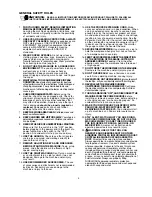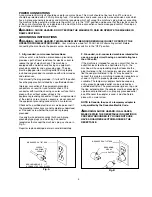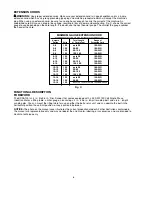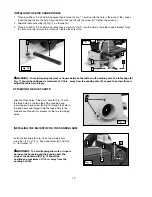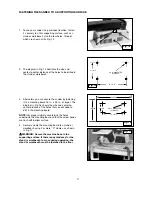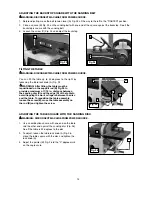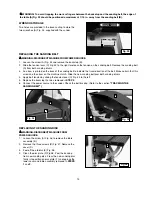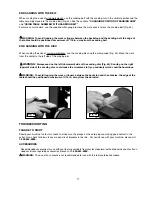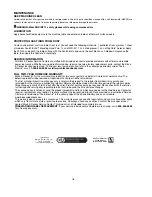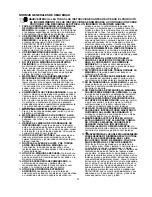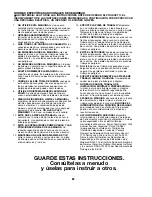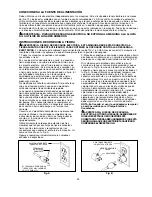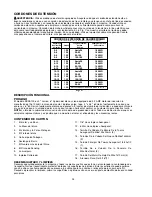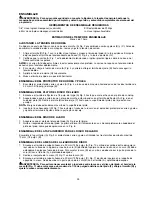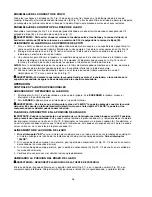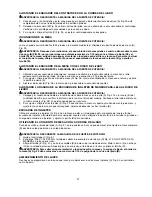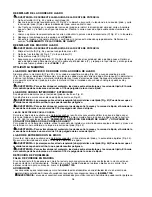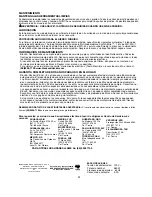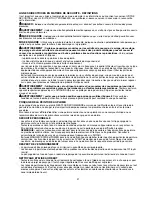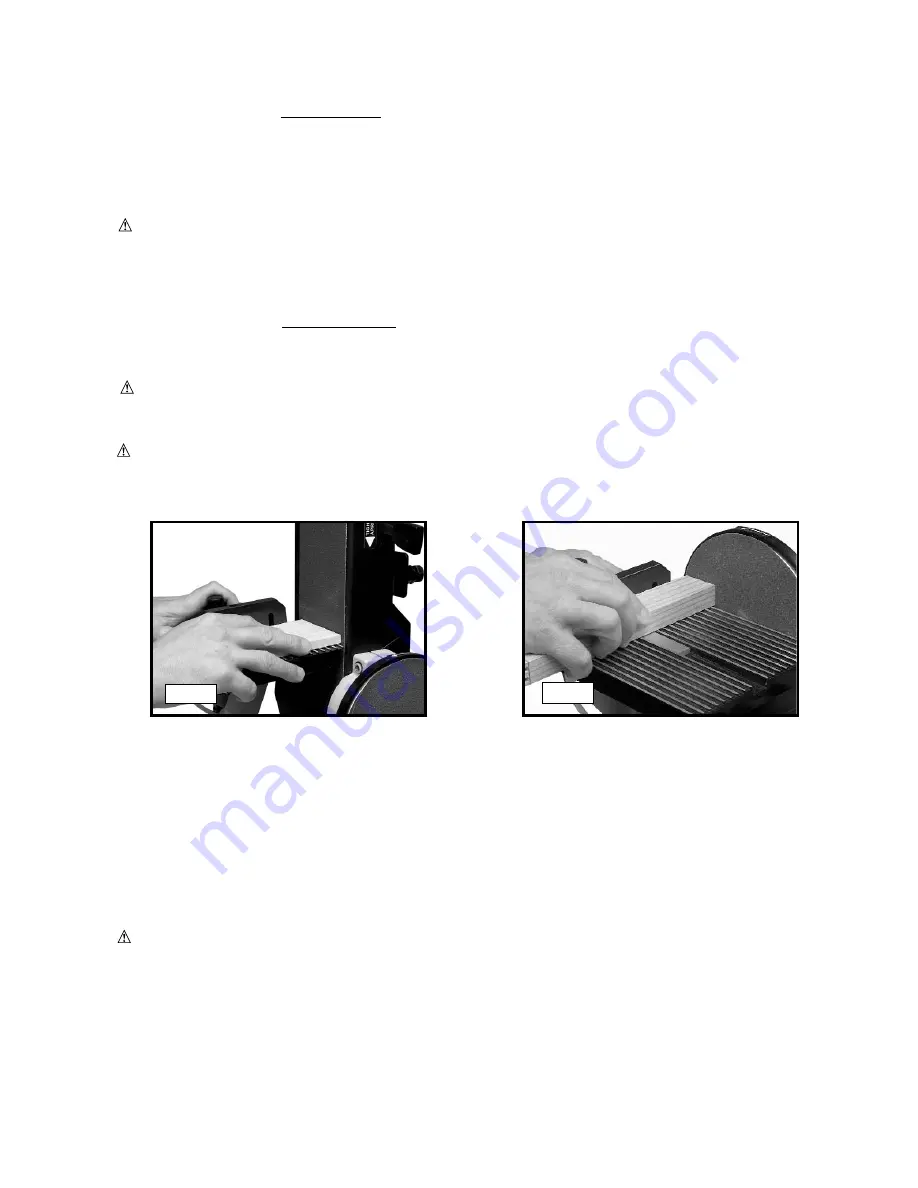
17
END SANDING WITH THE BELT
When sanding the ends of wide workpieces, use the sanding belt with the sanding arm in the vertical position and the
table assembly moved to the sanding belt (Fig. 43). See the sections
“CHANGING POSITION OF SANDING ARM”
and
“USING TABLE ASSEMBLY WITH SANDING BELT”
.
For more accurate work, use the supplied miter gauge to move the work evenly across the sanding belt (Fig. 43).
END SANDING WITH THE DISC
When sanding the ends of narrow workpieces, use the sanding disc and the miter gauge (Fig. 44). Move the work
from the center to the left side of the sanding disc.
WARNING: To avoid trapping the work or fingers between the backstop and the sanding belt, the edge of
the table should be positioned a maximum of 1/16 in. away from the sanding belt.
WARNING:
Always sand on the left (downward) side of the sanding disc (Fig. 44). Sanding on the right
(upward) side of the sanding disc could cause the workpiece to fly up suddenly which could be hazardous.
WARNING: To avoid trapping the work or fingers between the backstop and the abrasive, the edge of the
table should be positioned a maximum of 1/16 in. away from the abrasive.
Fig. 43
Fig. 44
TROUBLESHOOTING
FAILURE TO START
Should your machine fail to start, check to make sure the prongs on the cord plug are making good contact in the
outlet. Also, check for blown fuses or open circuit breakers in the line. For assistance with your machine, please call:
1-800-544-6986.
ACCESSORIES
Recommended accessories for use with your tool are available from your local dealer or authorized service center. If you
need assistance regarding accessories, please call:
1-800-544-6986.
WARNING:
The use of any accessory not recommended for use with this tool could be hazardous.

